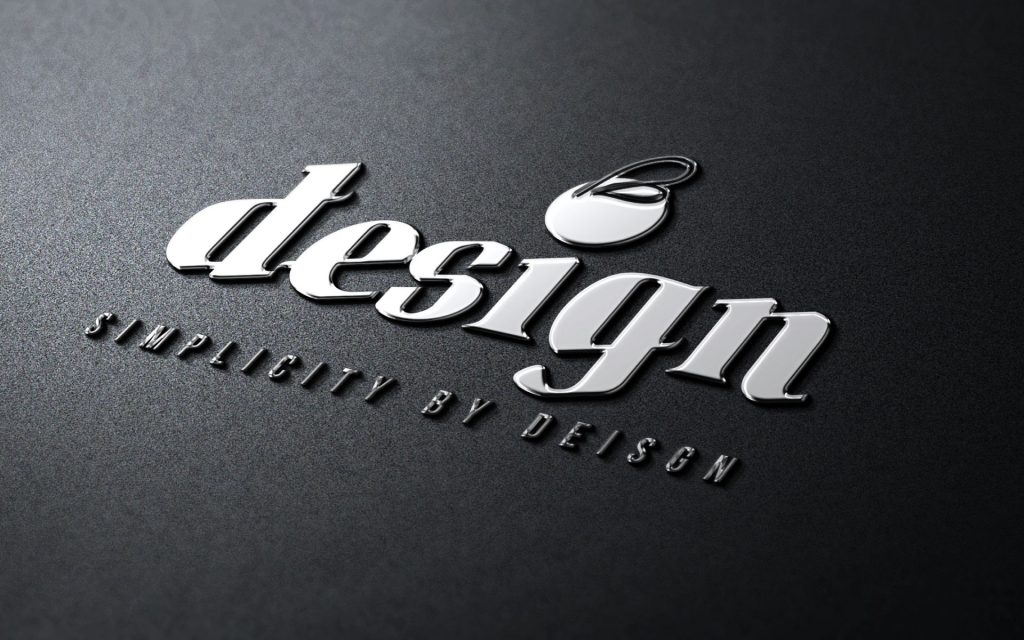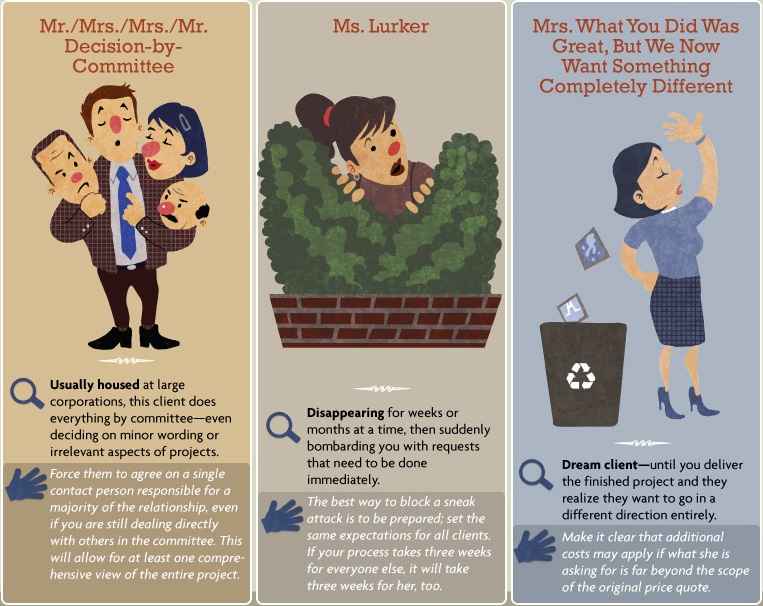Graphic Design Portfolio
What your portfolio is designed to do
Creating a graphic design portfolio is an essential step in establishing yourself as a graphic designer; this is what your clients will want to see before they rely on you to create any content for their business. It’s important to know what a portfolio is designed to do before you try to go about making your own – a graphic design portfolio is all about you/your business, it’s about your skills and your abilities. If your client can’t look at the first few sections of your portfolio and see what you’ve accomplished then they’re not going to read any further.
Make the client choose you
Next you want to try and make your portfolio stand out from the hundreds of other pages your client has looked at, so you want to choose the best pieces of your work from the past to draw from. Only your best work should appear in your graphic design portfolio unless you have nothing else to choose from. If you have specific abilities that a standard graphic design portfolio won’t contain then it’s always going to be worth including that too, it will definitely make you stand out to your client and will show them you have unique abilities to contribute that your competitors maybe don’t have.
Designing the portfolio
Maintain a clear and focused theme throughout, you might be required to explain one or more pieces of content and if they can’t differentiate between a project for one client and a similar project for another then it’s not going to look good to any potential client. Similarly you want to be able to quickly and easily scan the page or document to see a range of your abilities, yes you can have some unusual content but you also want to show that you can do basic graphic design tasks too.
Showing team-based projects
Working with other people is a great thing to have on your graphic design portfolio, it shows potential clients that you’re able to work well in a group and still create high quality content that their business will want. In a broader sense it also shows that you have good communication skills and won’t have any trouble interacting with members of their business. Don’t show too much group-created content – it might look good but you don’t want your portfolio to seem like you can’t do anything yourself.
Specific vs Vague
On your portfolio you want designs for specific companies showing how you interpreted their design ideas and turned them into the final product, acting upon their guidance and requests. However you also want more vague designs to show that you can make something non-specific to a company or brand but still relevant to their business – you don’t know what type of content potential clients will want you to produce. The exception to this is if your portfolio is already quite long, you don’t want to showcase all your content if you already have too many pages, keep it concise and include only what you need.
Updating your portfolio
Every time you complete a project you should ask yourself if what you’ve done is good enough to make the portfolio, this method helps you to keep your graphic design portfolio as fresh and up-to-date as possible. Realistically you don’t want content from more than 3 or 4 years ago, unless it’s the best work you’ve ever done; having pieces older than 3 years can cause your portfolio to seem dated. Again, if adding new pieces will make your portfolio too long then prioritise newer content and commercial projects over older parts.
Do’s and Don’ts
Do:
- Keep your portfolio up-do-date
- Show any unique skills and abilities in the first few sections
- Keep your portfolio concise
- Show your ability to create high-quality content
- Include group content and projects
Don’t:
- Show content over 3 or 4 years old
- Have too much content
- Include a high percentage of group projects
Call us on 01207 438 292 for more information on how our graphic design can help your business to look good!




